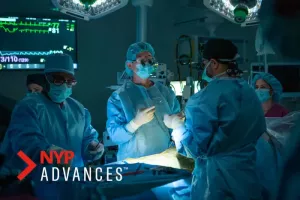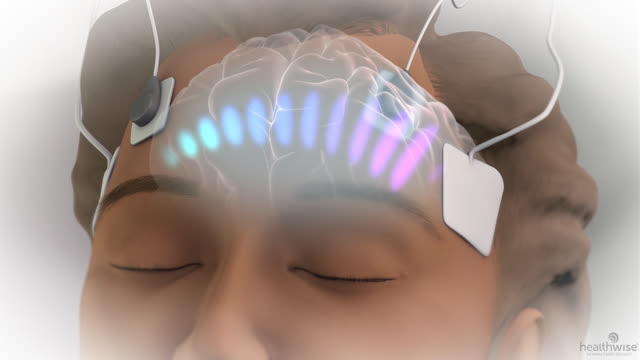Treatment Overview
Electroconvulsive therapy (ECT) is a procedure used to treat severe depression. It may be used in people who have symptoms such as delusions, hallucinations, or suicidal thoughts. It's also used when other treatments such as psychotherapy and antidepressant medicines have not worked. And it can be used for other psychiatric and neurological conditions, such as schizophrenia and Parkinson's disease.
Before ECT, you will get anesthesia to make you sleepy, and you'll get medicines to relax your muscles. Then an electrical current is briefly sent to the brain through electrodes. They are placed on the temples or elsewhere on the head, depending on the condition being treated and the type of ECT. The electrical stimulation, which lasts up to 8 seconds, produces a short seizure. Because of anesthesia, the seizure activity related to ECT does not cause the body to convulse.
It's not known exactly how this brain stimulation helps treat depression. ECT probably works by altering brain chemicals (like medicines do). These chemicals include neurotransmitters like serotonin, natural pain relievers called endorphins, and catecholamines such as adrenaline.
ECT treatments are usually done 2 to 3 times a week for 2 to 3 weeks. Maintenance treatments may be done once each week, tapering down to once each month. They may continue for several months to a year. This will reduce the risk of relapse.
For mental health conditions, ECT is usually given along with medicine, counseling, or both.
Ask your doctor when you can drive after having an ECT treatment.





